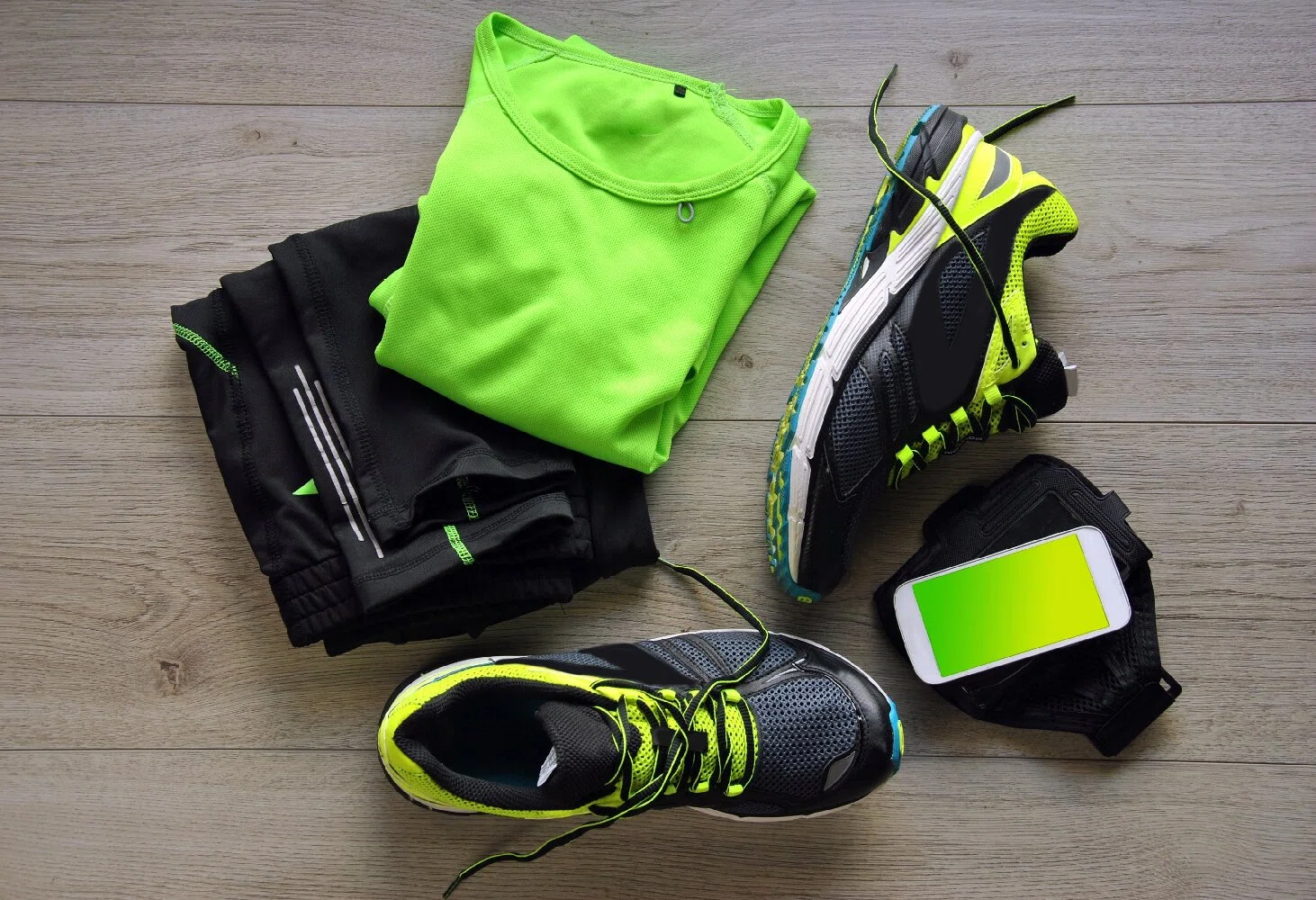Investing in high-quality sports apparel is essential for optimal performance and comfort during workouts. However, ensuring that your gear lasts and maintains its functionality requires proper care and maintenance. This guide will provide you with essential tips on how to care for different types of sports apparel, focusing on techniques that enhance longevity, preserve performance features, and keep your gear looking great.
1. Understanding the Fabrics
Before diving into care instructions, it’s important to understand the types of fabrics commonly used in sports apparel. Each material has unique care requirements:
1.1 Polyester
- Features: Moisture-wicking, durable, and quick-drying. Commonly used in running and training apparel.
- Care Tips: Wash in cold water to prevent fading. Avoid using fabric softeners, as they can clog the moisture-wicking properties.
1.2 Nylon
- Features: Lightweight, strong, and resistant to abrasion. Often used in outerwear and activewear.
- Care Tips: Hand wash or use a gentle cycle in cold water. Air dry to maintain shape and elasticity.
1.3 Spandex/Lycra
- Features: Stretchable and form-fitting, providing support and flexibility. Found in leggings and compression gear.
- Care Tips: Avoid high heat when washing and drying. Wash in cold water and hang to dry to prevent damage to the elastic fibers.
1.4 Merino Wool
- Features: Naturally moisture-wicking, breathable, and warm. Ideal for cold-weather activities.
- Care Tips: Hand wash or use a gentle cycle in cold water. Lay flat to dry to prevent stretching.
1.5 Cotton
- Features: Soft and breathable but absorbs moisture. Common in casual sportswear.
- Care Tips: Wash in cold water to prevent shrinkage. Avoid bleach, as it can weaken the fibers.
2. General Washing Tips
Regardless of the fabric, here are some general washing tips to follow:
2.1 Read Care Labels
Always check the care labels for specific instructions provided by the manufacturer. This will help you avoid damaging your apparel.
2.2 Sort Your Laundry
Separate your sports apparel from regular laundry, especially items with zippers or hooks that may snag delicate fabrics. Wash similar colors together to prevent color bleeding.
2.3 Use Gentle Detergents
Opt for mild, eco-friendly detergents free from harsh chemicals, bleach, or fabric softeners. These can degrade the performance of moisture-wicking and technical fabrics.
2.4 Avoid Overloading the Washing Machine
Overloading can prevent thorough cleaning and lead to excessive friction, which can damage the fabric. Allow enough space for clothes to move freely.
2.5 Use Cold Water
Washing in cold water helps retain the color and integrity of the fabric while also saving energy. Hot water can cause shrinkage and damage to elastic fibers.
3. Drying Techniques
How you dry your sports apparel can significantly impact its longevity. Here are some effective drying techniques:
3.1 Air Drying
- Best Practice: Whenever possible, air dry your sports apparel by hanging it up or laying it flat. This prevents shrinkage and preserves the fabric’s structure.
- Avoid Direct Sunlight: While air drying, avoid direct sunlight, which can fade colors and weaken fibers over time.
3.2 Tumble Drying
- Low Heat Setting: If you must use a dryer, opt for a low heat setting to minimize the risk of damage. High heat can cause shrinkage and degrade elastic materials.
- Use a Mesh Bag: For delicate items, consider placing them in a mesh laundry bag to protect them from snags and excessive agitation.
4. Storing Your Sports Apparel
Proper storage of your sportswear is crucial for maintaining its shape and functionality. Here are some tips for effective storage:
4.1 Keep It Clean
Always ensure that your sports apparel is clean and dry before storing it to prevent odors and mildew.
4.2 Fold or Hang?
- Lightweight Items: For lightweight items like tanks and t-shirts, folding is typically sufficient.
- Heavy Items: For heavier items like jackets, consider hanging them to maintain their shape.
4.3 Avoid Compression
Do not compress or tightly pack your sportswear in drawers or bins, as this can lead to creasing and damage to the fibers.
4.4 Use Breathable Storage Options
Store your apparel in breathable fabric bags or bins to prevent moisture buildup. Avoid plastic bags, which can trap moisture and lead to mildew.
5. Specialized Care for Performance Gear
Certain types of sports apparel, such as compression wear and moisture-wicking fabrics, may require additional care:
5.1 Compression Gear
- Washing: Wash compression garments in cold water to preserve elasticity.
- Drying: Always air dry to maintain the fabric’s compression properties.
5.2 Moisture-Wicking Fabrics
- Avoid Fabric Softeners: These can inhibit moisture-wicking capabilities. Instead, opt for specialized detergents designed for technical fabrics.
5.3 Waterproof or Water-Resistant Gear
- Cleaning: Use specific cleaners designed for waterproof fabrics to maintain their water-repellent features.
- Reproofing: Periodically reapply a DWR (Durable Water Repellent) treatment, especially after multiple washes.
6. Repairing Minor Damage
Taking care of small damages can extend the life of your sports apparel:
6.1 Patching Holes
For small holes or tears, consider using fabric patches or iron-on patches to prevent further damage.
6.2 Replacing Elastic Bands
If elastic bands in waistbands or cuffs lose their stretch, consult a tailor or attempt to replace them yourself.
6.3 Removing Stains
Treat stains promptly with appropriate stain removers before washing. Avoid using bleach, as it can damage technical fabrics.
7. Conclusion
Caring for your sports apparel is essential for maximizing its lifespan and maintaining performance. By understanding the specific care requirements for different fabrics, following proper washing and drying techniques, and storing your gear correctly, you can keep your clothing looking great and functioning well for years to come. Investing time in proper maintenance not only saves money but also contributes to a more sustainable approach to sportswear consumption. With these tips, you can focus on what matters most—achieving your fitness goals and enjoying your favorite activities. Happy training!

